Sumatriptan
Synonym(s):3-[2-(Dimethylamino)ethyl]-N-methyl-1H-indole-5-methanesulfonamide;Sumatriptan
- CAS NO.:103628-46-2
- Empirical Formula: C14H21N3O2S
- Molecular Weight: 295.4
- MDL number: MFCD00866222
- SAFETY DATA SHEET (SDS)
- Update Date: 2025-12-16 21:30:20

What is Sumatriptan?
Absorption
A 6mg subcutaneous injection of sumatriptan reaches a Cmax of 69.5ng/mL (95% CI of 62.8-76.9ng/mL) with a Tmax of 0.17h (95% CI of 0.08-0.33h), an AUC of 9.0h*ng/mL (95% CI of 7.5-10.9h*ng/mL), and a bioavailability of 100%.
A 25mg oral dose of sumatriptan reaches a Cmax of 16.5ng/mL (95% CI of 13.5-20.1ng/mL) with a Tmax of 1.50h (95% CI of 0.50-2.00h), an AUC of 8.7h*ng/mL (95% CI of 6.1-12.5h*ng/mL), and a bioavailability of 14.3% (95% CI of 11.4-17.9%).
A 20mg intranasal dose of sumatriptan reaches a Cmax of 12.9ng/mL (95% CI of 10.5-15.9ng/mL) with a Tmax of 1.50h (95% CI of 0.25-3.00h), an AUC of 7.4h*ng/mL (95% CI of 5.0-10.8h*ng/mL), and a bioavailability of 15.8% (95% CI of 12.6-19.8%).
A 25mg rectal dose of sumatriptan reaches a Cmax of 22.9ng/mL (95% CI of 18.4-28.6ng/mL) with a Tmax of 1.00h (95% CI of 0.75-3.00h), an AUC of 14.6h*ng/mL (95% CI of 11.3-18.8h*ng/mL), and a bioavailability of 19.2% (95% CI of 15.3-24.1%).
Toxicity
Symptoms of overdose include convulsions, tremor, paralysis, inactivity, ptosis, erythema of the extremities, abnormal respiration, cyanosis, ataxia, mydriasis, salivation, and lacrimation. Overdoses may be fatal and patients should be monitored for 3-5 half lives or while symptoms persist.
Originator
Imigran,GlaxoSmithKline,UK
The Uses of Sumatriptan
Sumatriptan is a serotonin 5HT1-receptor agonist.
The Uses of Sumatriptan
Serotonin 5HT1 receptor agonist; treatment of migraine.
Indications
A combination sumatriptan and naproxen tablet is indicated for the treatment of migraines with or without auras in patients 12 years of age and older. Sumatriptan nasal powder, nasal spray, subcutaneous injection, and tablets are indicated to treat migraines with or without auras in adults. One of the subcutaneous formulations of sumatriptan is also indicated to treat cluster headaches in adults, while the other subcutaneous formulation is not.
Background
Sumatriptan is a serotonin receptor agonist commonly used to treat migraines and sometimes cluster headaches. Sumatriptan is the first of the triptans and was made available in Europe in 1991 to treat migraines. Sumatriptan was granted FDA approval on 28 December 1992.
What are the applications of Application
Sumatriptan is a serotonin 5HT1-receptor agonist
Definition
ChEBI: A sulfonamide that consists of N,N-dimethyltryptamine bearing an additional (N-methylsulfamoyl)methyl substituent at position 5. Selective agonist for a vascular 5-HT1 receptor s btype (probably a member of the 5-HT1D family). Used (in the form of its succinate salt) for the acute treatment of migraine with or without aura in adults.
Manufacturing Process
A solution of (phenylthio)acetaldehyde (6.05 g) in absolute ethanol (180 ml)
was added over 10 min to a solution of 4-hydrazino-Nmethylbenzenemethanesulphonamide
hydrochloride (10 g) in water (180 ml)
with cooling. After addition of the aldehyde was complete, the mixture was
stirred at 5°C for a period of 14 h. The precipitated solid was filtered off,
washed with water (200 ml), hexane (200 ml) and dried in vacuo to give the
N-methyl-4-[2-[2-(phenylthio)ethylidene]hydrazino]benzenemethanesulphonamide
(10.95 g), melting point 110°-112°C.
A solution of the N-methyl-4-[2-[2-
(phenylthio)ethylidene]hydrazino]benzenemethane-sulphonamide in absolute
ethanol (300 ml) was saturated with hydrogen chloride gas (ca. 30 min) whilst
being cooled in an ice-water bath, allowed to stir at room temperature for 3 h
and filtered. The filtrate was concentrated in vacuo and chromatographed to
afford a foam, which solidified on trituration with ether to an amorphous
powder (2.17 g). A sample was recrystallized from hexane-dichloromethane to
give the N-methyl-3-(phenylthio)-1H-indole-5-methanesulphonamide, melting
point 133°-134°C.
To a solution of N-methyl-3-(phenylthio)-1H-indole-5-methanesulphonamide
(460 mg) in absolute ethanol (50 ml) was added Raney nickel [4.6 g, 50%
slurry in water, washed to neutrality with deionized water (60 ml)] and the
reaction mixture refluxed for 16 h under an atmosphere of nitrogen. On cooling to room temperature, the supernatant was removed and the Raney
nickel extracted with ethanol (2x50 ml, which was brought to a gentle reflux
for 15 min under an atmosphere of nitrogen). The combined extracts were
filtered through a sand-celite pad and concentrated in vacuo. Chromatography
of the residue, afforded an oil (87 mg) which crystallized from ether-hexane
to give the N-methyl-1H-indole-5-methanesulphonamide (90 mg), melting
point 127°-129°C.
To N,N-diethyl chloroacetamide (800 mg) at 0°C was added phosphorous
oxychloride (250 μl) over a period of 30 sec. After the addition was complete,
the mixture was allowed to stir at 0°C for 15 min and then at room
temperature for 20 min. The N-methyl-1H-indole-5-methanesulphonamide
(300 mg) was added at 0°C and the mixture warmed to 65°C, whereupon it
dissolved. The mixture was stirred for 2 h at this temperature then poured
onto ice (ca. 5 g) and chloroform (5 ml) and stirred vigorously for 1 h. A solid
was filtered off, washed with water (50 ml), and hexane (100 ml) and dried in
vacuo to give the 3-(chloroacetyl)-N-methyl-1H-indole-5-
methanesulphonamide (192 mg).
A solution of the 3-(chloroacetyl)-N-methyl-1H-indole-5-
methanesulphonamide (160 mg) in ethanolic dimethylamine (30 ml, 33% w/v
solution in ethanol) was heated to reflux for 2 h. On cooling to room
temperature the solvent was removed in vacuo and the residue was
chromatographed to afford the 3-[(dimethylamino)acetyl]-N-methyl-1Hindole-
5-methanesulphonamide, melting point 230°C, dec.
To a suspension of the 3-[(dimethylamino)acetyl]-N-methyl-1H-indole-5-
methanesulphonamide (46.5 mg) in 1-propanol (5 ml) was added sodium
borohydride (62 mg). The reaction mixture was brought to reflux for a period
of 3 h, then an additional quantity of borohydride (60 mg) was added. After
refluxing for a further 1 h, the mixture was allowed to cool to room
temperature and quenched with 2 N HCl (10 ml). The aqueous solution was
washed with ethyl acetate (5 ml) then neutralized (NaHCO3 solution) and
extracted with ethyl acetate (3 x 15 ml). The combined extracts were
concentrated in vacuo and the residue chromatographed to give the 3-[2-
(dimethylamino)ethyl]-N-methyl 1H-indole-5-methanesulphonamide as a gum
(2 mg) which was shown by TLC.
Succinic acid in hot methanol was added to a hot solution of the the 3-[2-
(dimethylamino)ethyl]-N-methyl-1H-indole-5-methanesulphonamide in
absolute ethanol and the mixture was heated to reflux with stirring to give a
solution. The solution was allowed to cool with stirring to room temperature,
and the resultant suspension was farther cooled in an ice-bath for 2 h. The
solid was filtered off, washed with ethanol, and dried in vacuo to give the 3-
[2-(dimethylamino)ethyl]-N-methyl-1H-indole-5-methanesulphonamide, salt
with succinic acid (1:1).
brand name
Imitrex (GlaxoSmithKline).
Therapeutic Function
Serotoninergic
General Description
Sumatriptan was the first triptan approved (1991) for theacute treatment of migraine headaches. It has the lowestoral bioavailability among all triptans because of its lowlipophilicity. The availability of many different dosageforms (i.e., an oral tablet, a SC injection, a nasal spray formulation,and a suppository) allows the flexibility of tailoringtherapy to the needs of the individual patients, thusmaking sumatriptans a very useful drug for an acute treatmentof migraine headaches. It also has a very fastonset of action via SC injection or nasal spray administration.However, sumatriptan is contraindicated withmonoamine oxidase inhibitors because it is primarily degradedby hepatic MAO-A. Thus, it may require frequentdosing as a result of its short duration of action to preventmigraine recurrence.
Pharmacokinetics
Sumatriptan constricts cranial blood vessels and prevents the release of vasoactive peptides. The dose of sumatriptan varies widely by route of administration and in most cases, no more than 2 doses should be given daily. Medication overuse headaches may occur in patients who use sumatriptan frequently.
Clinical Use
5HT1
receptor agonist:
Acute relief of migraine
Drug interactions
Potentially hazardous interactions with other drugs
Antidepressants: increased risk of CNS toxicity with
citalopram, escitalopram, fluoxetine and fluvoxamine
- avoid with citalopram; risk of CNS toxicity with
MAOIs, moclobemide, SSRIs, sertraline, St John’s
Wort - avoid; possibly increased serotonergic effects
with duloxetine and venlafaxine.
Dapoxetine: possible increased risk of serotonergic
effects - avoid for 2 weeks after stopping 5HT1
agonists.
Ergot alkaloids: increased risk of vasospasm - avoid.
Metabolism
Sumatriptan is predominantly metabolized by monoamine oxidase A. The main metabolites are the inactive indole acetic acid and indole acetic acid glucuronide.
Metabolism
Sumatriptan is extensively metabolised in the liver mainly
by monoamine oxidase type A and is excreted mainly in
the urine as the inactive indole acetic acid derivative and
its glucuronide.
Non-renal clearance accounts for about 80% of the
total clearance. The remaining 20% is excreted in urine,
mainly as metabolites, by active renal tubular secretion.
Sumatriptan and its metabolites also appear in the faeces.
Properties of Sumatriptan
| Melting point: | 169-171°C |
| Boiling point: | 497.7±55.0 °C(Predicted) |
| Density | 1.1778 (rough estimate) |
| refractive index | 1.6740 (estimate) |
| storage temp. | Refrigerator |
| solubility | DMSO (Slightly), Methanol (Slightly) |
| form | Solid |
| pka | pKa 9.5 (Uncertain) |
| color | Off-White to Pale Yellow |
| Water Solubility | 21.4 mg/mL |
| CAS DataBase Reference | 103628-46-2(CAS DataBase Reference) |
| NIST Chemistry Reference | Sumatriptan(103628-46-2) |
| EPA Substance Registry System | 1H-Indole-5-methanesulfonamide, 3-[2-(dimethylamino)ethyl]-N-methyl- (103628-46-2) |
Safety information for Sumatriptan
| Signal word | Warning |
| Pictogram(s) |
 Health Hazard GHS08 |
| GHS Hazard Statements |
H412:Hazardous to the aquatic environment, long-term hazard |
| Precautionary Statement Codes |
P202:Do not handle until all safety precautions have been read and understood. P273:Avoid release to the environment. P280:Wear protective gloves/protective clothing/eye protection/face protection. P308+P313:IF exposed or concerned: Get medical advice/attention. P405:Store locked up. P501:Dispose of contents/container to..… |
Computed Descriptors for Sumatriptan
Sumatriptan manufacturer
New Products
4,4-Difluoropiperidine hydrochloride tert-butyl 9-methoxy-3-azaspiro[5.5]undecane-3-carboxylate Indole Methyl Resin N-Isopropylurea N,N-Dicyclohexylcarbodiimide(DCC) MELDRUMS ACID 5-METHYLISOXAZOLE-4-CARBOXYLIC ACID Magnessium Bis glycinate Zinc ascorbate 1-bromo-2-butyne 2-acetamidophenol 9(10H)-anthracenone Erythrosin B, 4-Piperidinopiperidine 2-((4-morpholinophenylamino) (methylthio) methylene) malononitrile 2,4-dihydroxybenzaldehyde 3-(4-morpholinophenylamino)-5-amino-1H-pyrazole-4-carbonitrile Methyl 2-methylquinoline-6-carboxylate 2,6-dichloro-4-nitropyridine 4-Bromo-2-chlorobenzonitrile 2-(benzylamino)acetic acid hydrochloride 4-(tert-Butoxycarbonylamino)but- 2-ynoic acid 3,4-dihydro-2H-benzo[b][1,4]dioxepine 1-Phenyl-1-cycloprppanecarboxylicacidRelated products of tetrahydrofuran
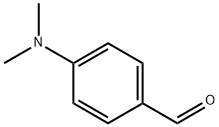
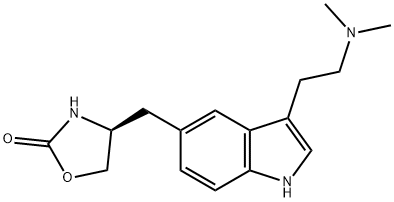




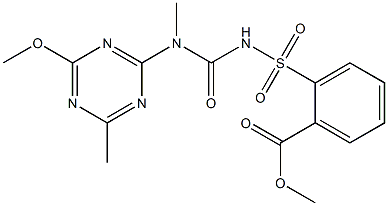

You may like
-
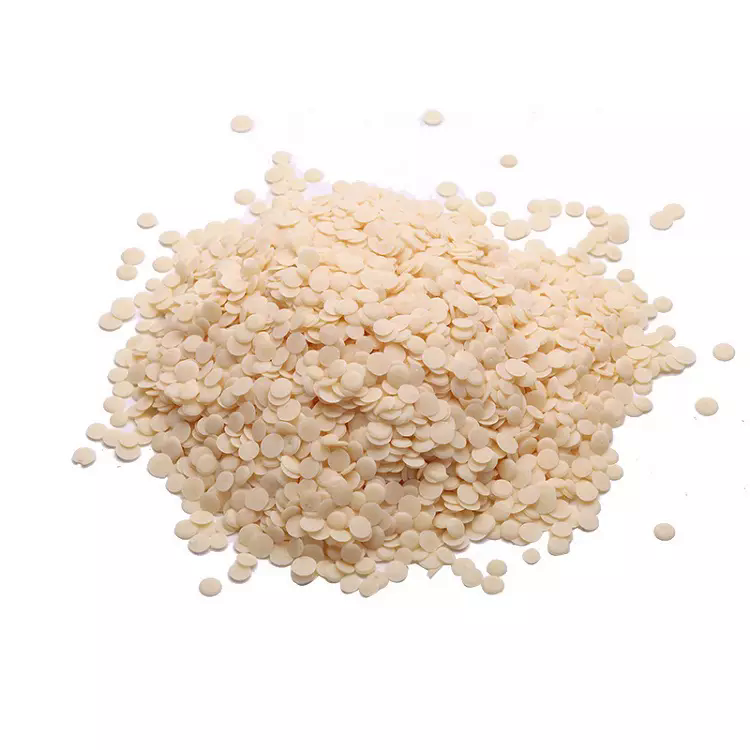 103628-46-2 SUMATRIPTAN BASE 98%View Details
103628-46-2 SUMATRIPTAN BASE 98%View Details
103628-46-2 -
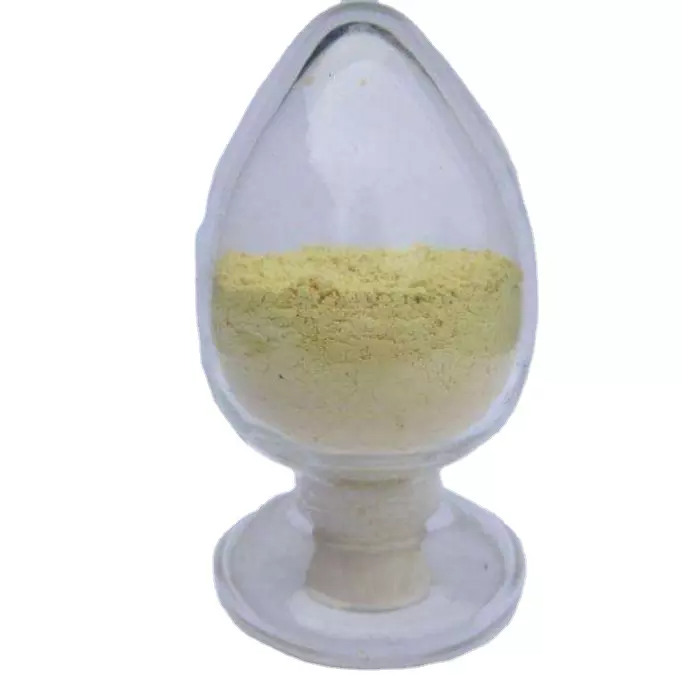 Sumatriptan 98%View Details
Sumatriptan 98%View Details -
 Sumatriptan 98%View Details
Sumatriptan 98%View Details -
 Sumatriptan 98%View Details
Sumatriptan 98%View Details
103628-46-2 -
 Sumatriptan CAS 103628-46-2View Details
Sumatriptan CAS 103628-46-2View Details
103628-46-2 -
 Sumatriptan CAS 103628-46-2View Details
Sumatriptan CAS 103628-46-2View Details
103628-46-2 -
 Sumatriptan APIView Details
Sumatriptan APIView Details
103628-46-2 -
 Sumatriptan Base USPView Details
Sumatriptan Base USPView Details
103628-46-2
